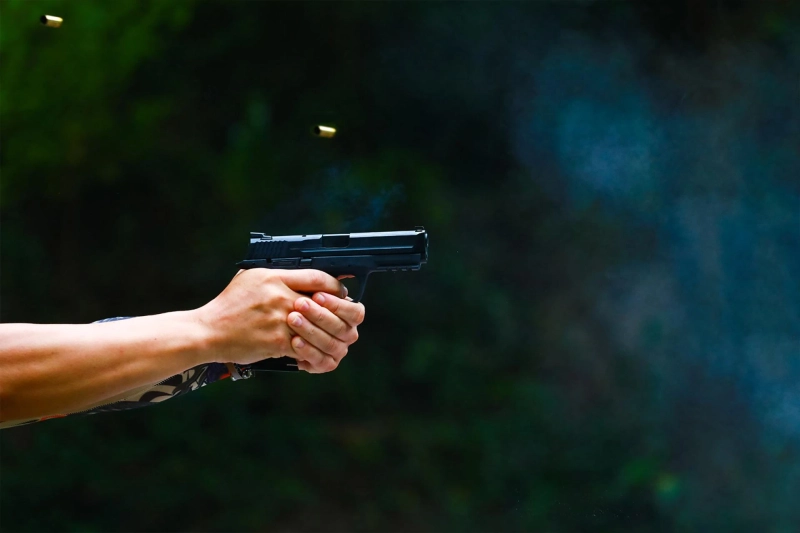While plinking cans will always have a soft spot in most shooters’ hearts, proper targets are essential for any successful range day. What are you going to shoot with your 30-30 Winchester rifle or your Beretta 9mm? From paper to steel, you have a few target options, and each offers its own set of pros and cons. Here are the four most popular types of range targets to help you decide what to pack for your next range day.
Paper Offers Variety
Many different paper targets are available, making variety its biggest benefit. Most offer some type of competition target or bullseye, while others are ideal for zeroing scopes. Classic MOA-marked targets have a 1-inch black square in the target. Setting up the target 100 yards away means shooting at one minute of angle. Sights and scopes typically have 0.25-MOA adjustments. At 100 yards, missing the square by an inch means you need to adjust 1 MOA in the direction you missed. The target makes it easy to figure out the math of zeroing your firearm. Additionally, paper targets are relatively cheap, so if you’re a sharpshooter in training, you can buy a stack of them without breaking the bank.
Polymer Targets Self Heal
One of the newest types of targets is the polymer self-healing target. These targets come in a variety of shapes, such as balls and cubes. They can take thousands of hits without deforming or losing any material. The flexible polymer allows the bullet hole to close and “heal.” The friction of the passing bullet melts the material, fusing it back together so you can shoot at it repeatedly. The major con is that the self-healing makes it hard to judge your exact accuracy.
Get a Satisfying “Ding” with Reactive Steel
The “ding” of hitting a reactive steel target at the range is an intensely satisfying sound. It makes it easy to tell when you hit the target at nearly any range. Different targets can only absorb so much energy, though, so you won’t want to hit a 9mm target with 5.56 ammo. Instead, get a bigger target meant for larger calibers. Steel targets are best at medium-to-long shooting distances. Some are single targets, while others offer multiple targets on a tree, where each target swings when hit.
Hunt Clay Pigeons
If you hunt waterfowl and other birds, you want to practice with clay pigeons. These are made out of clay and are traditionally thrown in the air to simulate birds flying. However, you don’t need to grab your 12 gauge ammo to use clay pigeons. Set them up on a berm to create a small, challenging target for rifles and handguns. Clay pigeons can be cheaper than many other targets but only survive a shot or two before they are destroyed beyond usefulness.
About Cheaper Than Dirt!
For decades, Cheaper Than Dirt! has been the one-stop destination for high-volume shooters, offering everything they need to take their performance to the next level. From bulk ammo to premium firearms, they have it all. Cheaper Than Dirt’s aim is simple: provide shooters with an impressive selection, excellent prices, and outstanding service so they can make the most out of every range trip. When you shop with Cheaper Than Dirt, you know you’ll find the products you need at unbeatable prices. Whether you’re training for a competition or tired of overpaying at the big box store, turn to Cheaper Than Dirt!
Find targets for your next range day at https://www.cheaperthandirt.com/
Original Source: https://bit.ly/3HElLR7
4 Types of Targets to Try at the Range


